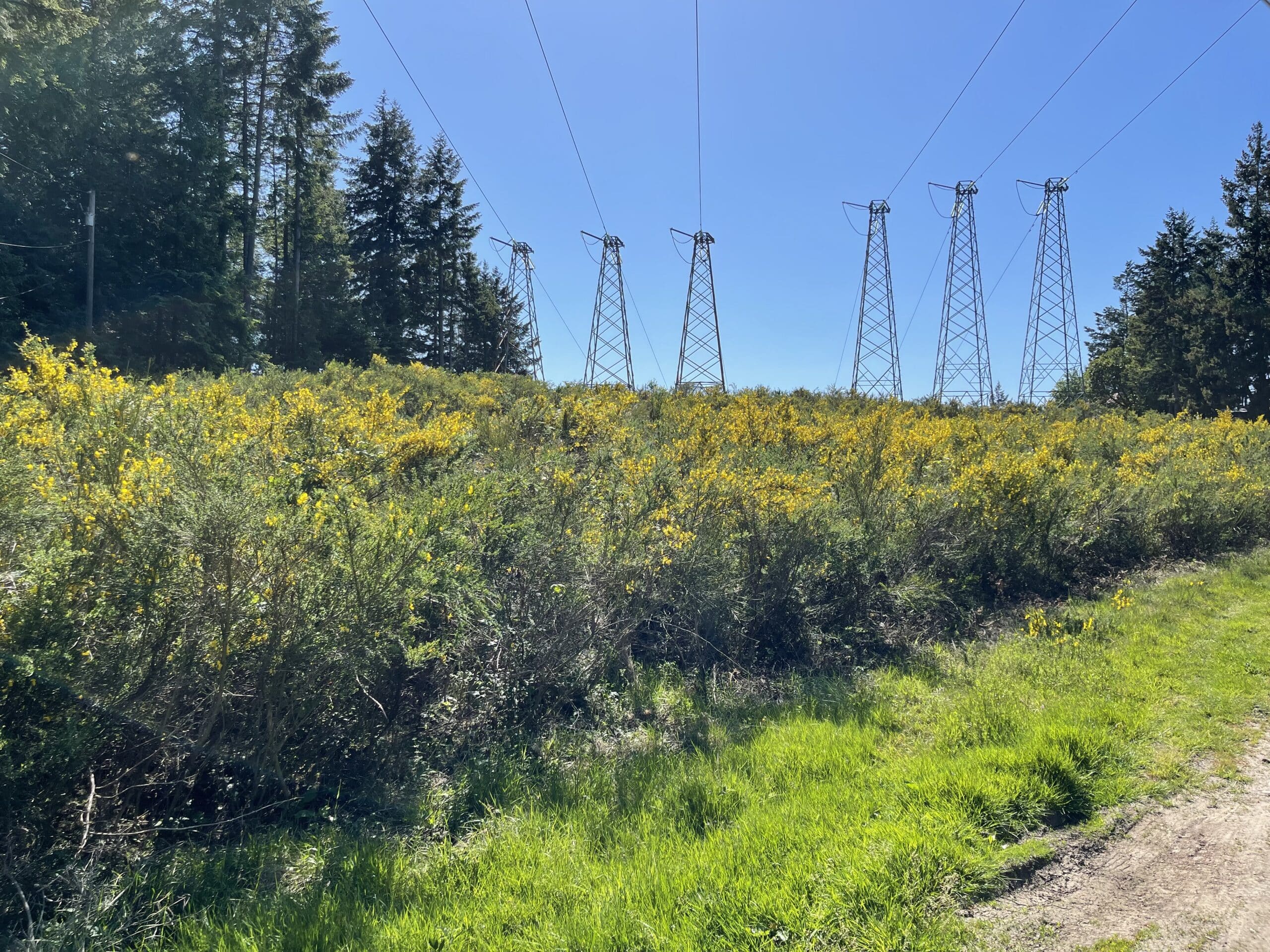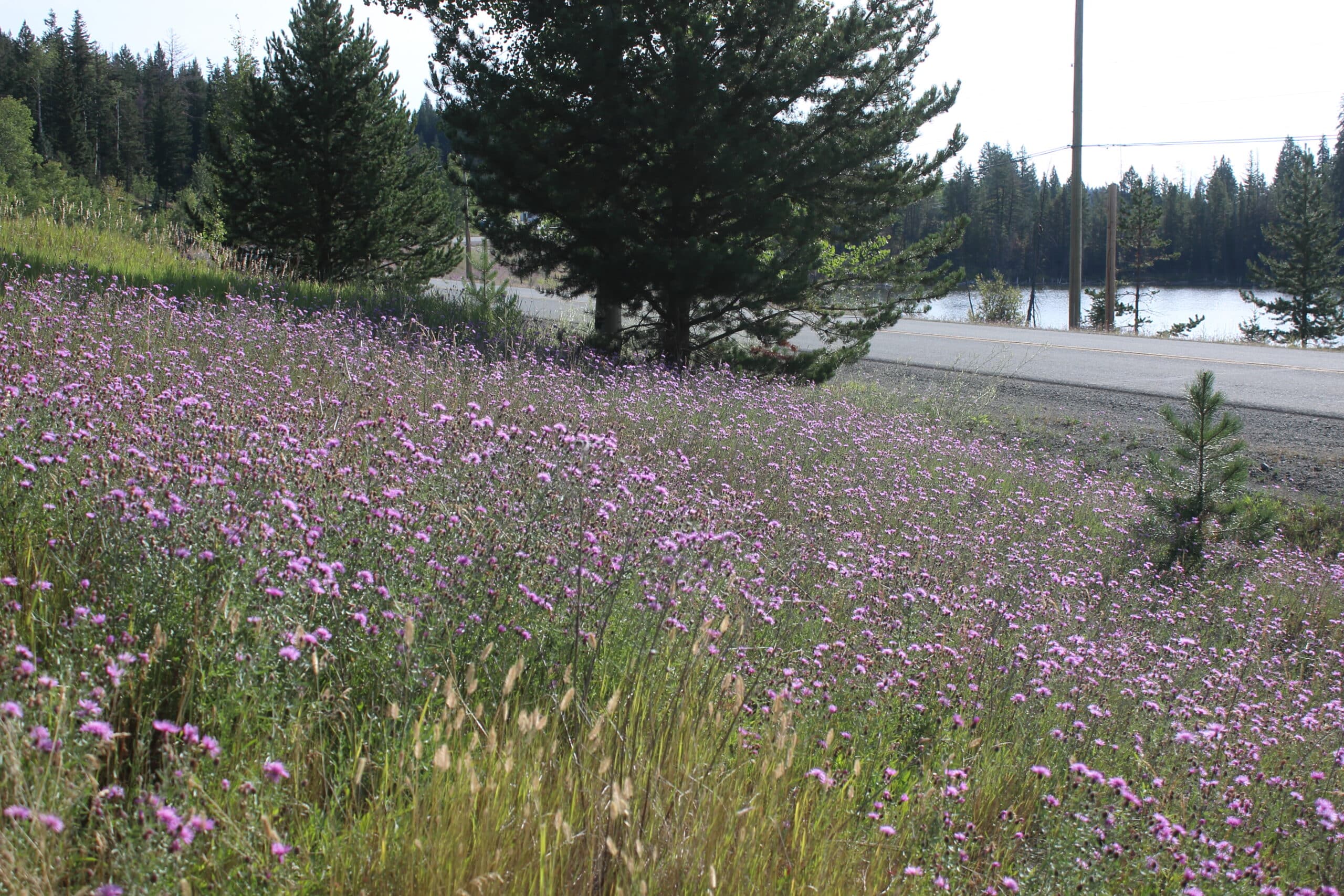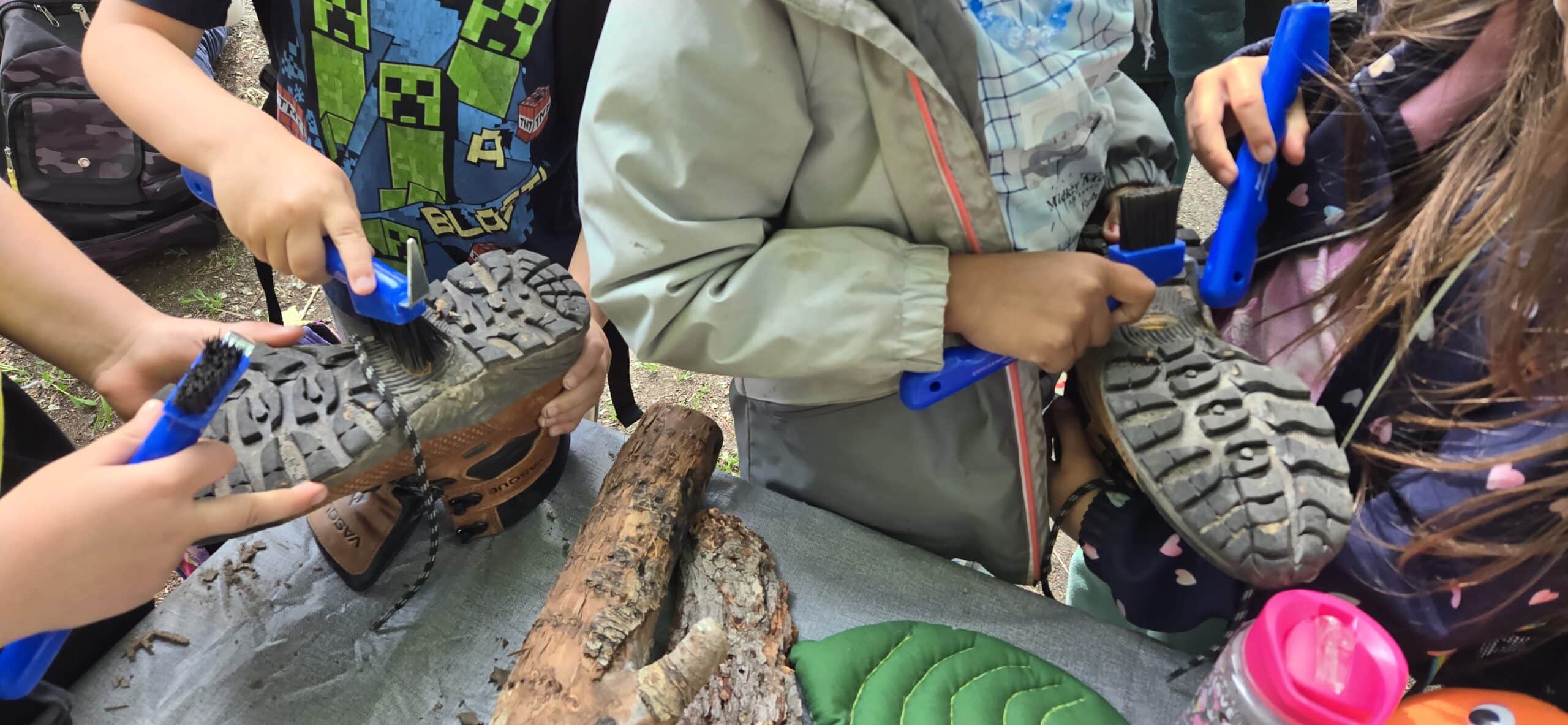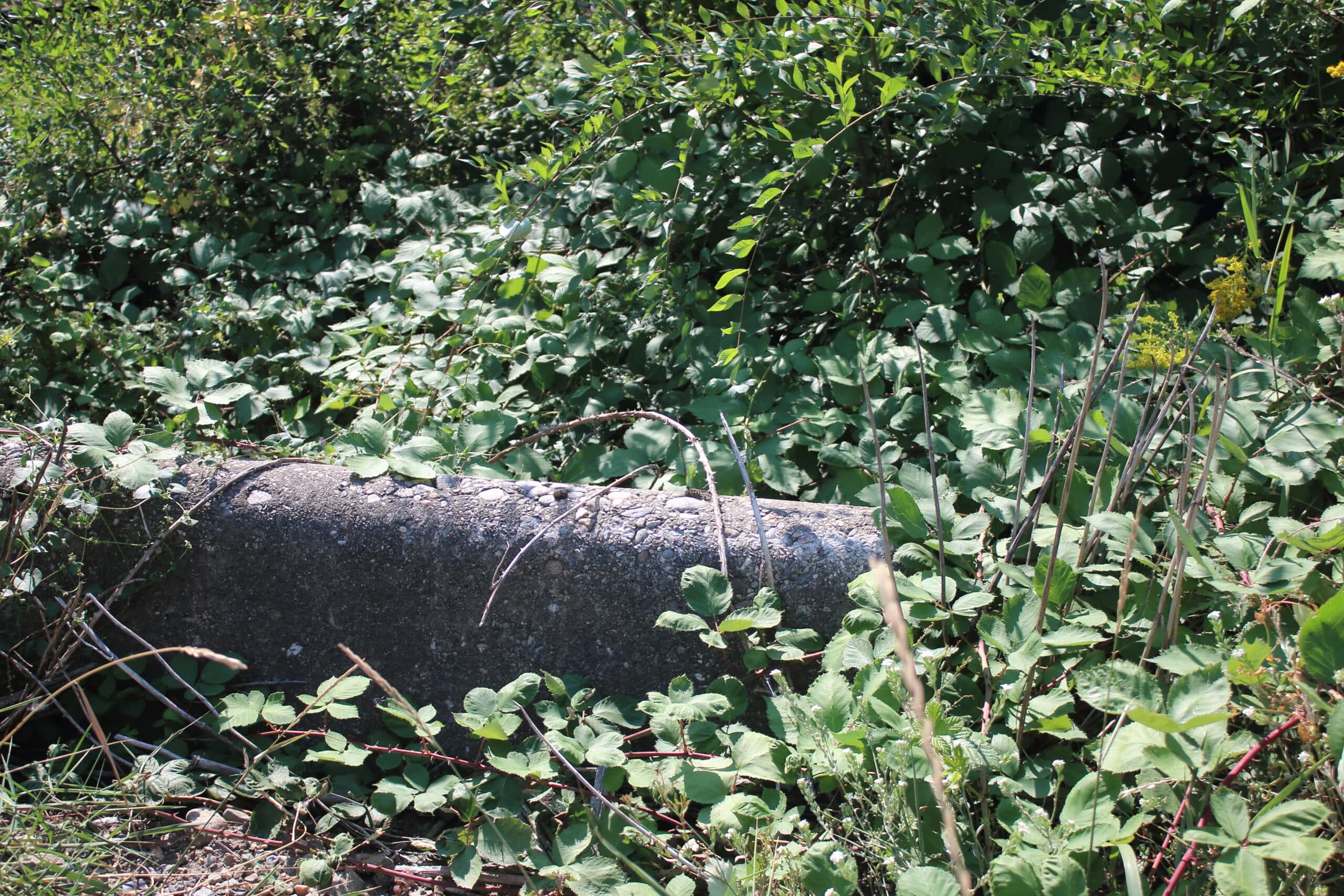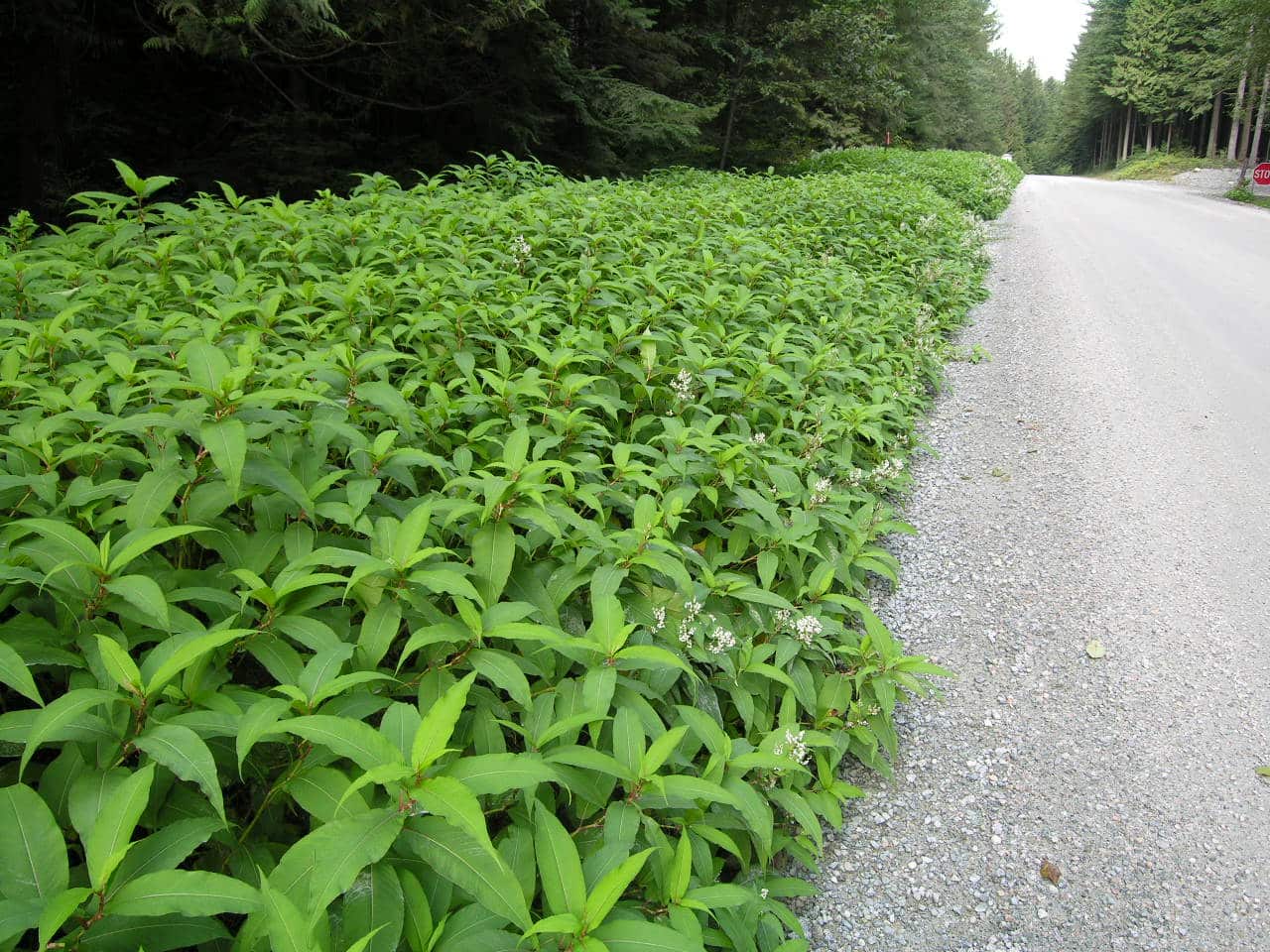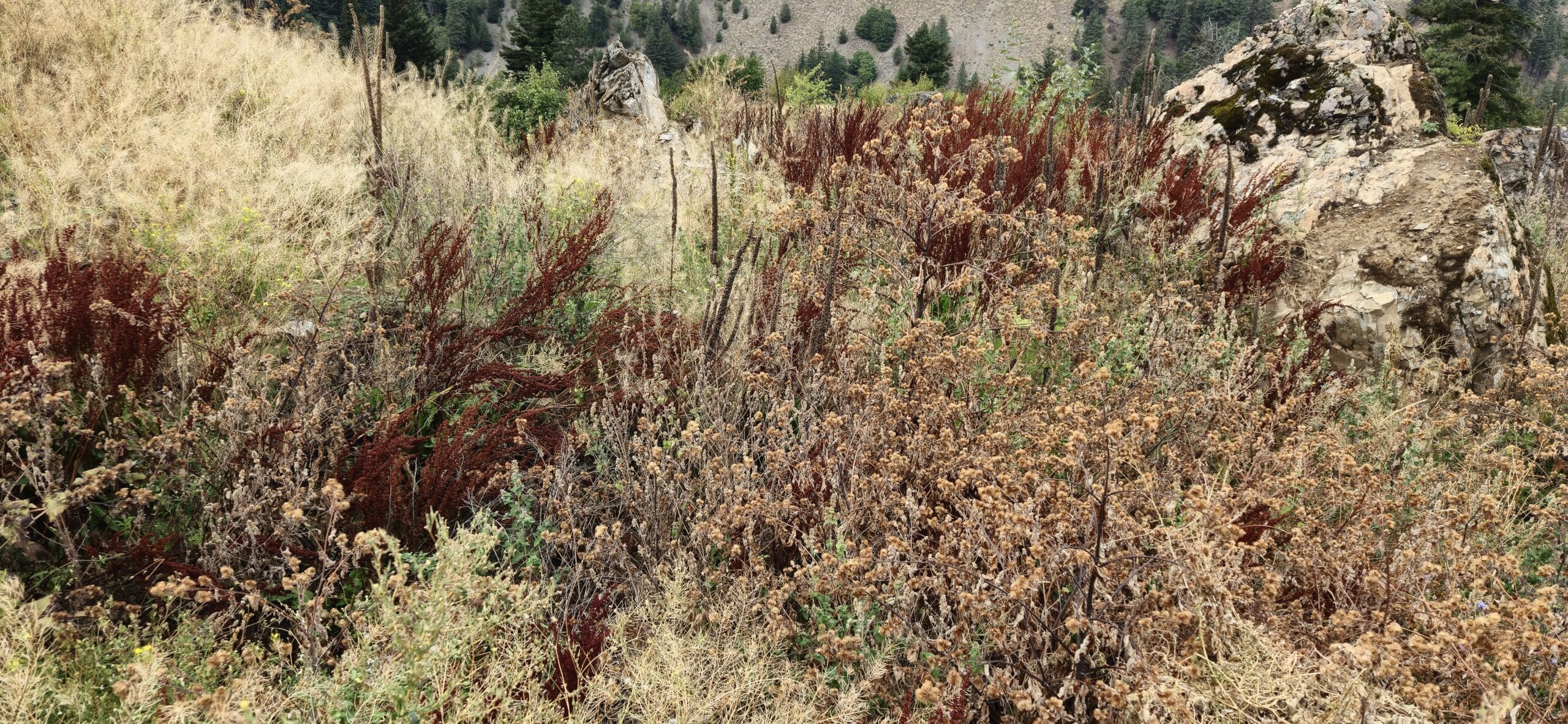Students do an audit of their school’s class pets, aquaria, and plants and create posters to share the “Don’t Let it Loose” message on how to be a responsible pet owner and prevent the spread of invasive species.
This activity is part of the Lesson “The Invasive Big League and the Away Team Advantage”, where students engage in discussion, analysis, investigations, and interactive indoor and outdoor games to discover the adaptations that give invasive species a competitive edge. Students also explore ways that people may help correct the imbalance posed by invasive species and “help our home team”.
Related activities
Inquiry Questions
- What could happen if a pet is released in the wild?
- How can I be a responsible pet owner?
- What plants and animals are in my school and how will they be cared for when school isn’t in session?
BC Curriculum Links
Core Competencies
- Personal and Social Awareness and Responsibility
Science Big Ideas
- All living things sense and respond to their environment (Grade 4)
- Multicellular organisms have organ systems that enable them to survive and interact within their environment (Grade 5)
- Multicellular organisms rely on internal systems to survive, reproduce, and interact with their environment (Grade 6)
- Evolution by natural selection provides an explanation for the diversity and survival of living things (Grade 7)
Materials
- Paper and writing utensils
- Posterboard and markers or paints (optional; or make digital ‘posters’)
Documents to Download
Background
Many invasive animals that are harming native species and habitats throughout British Columbia started out their lives as pets. Animals including red-eared sliders, European rabbits, and Goldfish, were once in family homes or schools and then they got too big, lived too long, or the owners had other reasons for no longer being able to care for them. Some animals are intentionally let loose by well-meaning pet owners who thought that release is the most compassionate course of action; others escape or are accidentally released. Releasing pets into the wild is cruel and dangerous—for the pet and for native animals. Domestic pets generally do not have the survival skills to live in the wild, where they may be eaten by predators or starve to death. However, in some cases, released pets may survive, reproduce, and spread, causing detrimental impacts to native species and habitats. Even pets that are native to the local environment should never be released, as they could carry diseases or parasites that could be transmitted to native populations. Aquarium plants – and the water, which may have tiny organisms in it –can also thrive and cause an invasion if dumped into storm sewers, lakes, or rivers, choking waterways and impacting recreational activities such as swimming and boating.
Whether released intentionally or not, many former pets are now big problems on our lands and in our waters, dramatically changing habitats and making it hard for native species to thrive. Don’t Let it Loose is a campaign that builds awareness on how to be a responsible pet owner and the damage that can ensue by letting creatures go ‘free’. Instead of releasing unwanted plants or animals, it is recommended to do the following:
- Return: Contact the place where you purchased the animal and see if they will take it back.
- Rehome: Contact local science centres, zoos, or aquariums to see if they can use the animals for educational purposes.
- Dispose: Dry and freeze unwanted aquatic plants and put them in the non-composted trash.
- Be Kind: If all else fails, have a qualified veterinarian euthanize the animal humanely. It is far better than having the animal starve to death in the wild or destroy the homes of native plants and animals.
For a general background on invasive species, read Background on Invasive Species for Educators, and for more information on Don’t Let it Loose, visit https://bcinvasives.ca/play-your-part/dont-let-it-loose/.
Preparation
It’s useful to have done some introductory activities and learning about invasive species and their impacts before doing this activity, including reviewing the Don’t Let if Loose background material.
- Inform staff and administration at your school that your students will be doing a pet and plant audit as part of their learning on invasive species. Let them know that your students will be visiting their classrooms or contacting them to ask questions about the pets and plants in or near their classrooms.
- Create a student datasheet that suits your school; use the Don’t Let it Loose Sample Datasheet as a starting point.
Procedure
Part 1. Project Introduction and Discussion
- Review invasive species and their impacts. Discuss how some invasive species started out as pets (or as plants in aquaria) and were either intentionally or accidentally let loose. Ask the students whether or not they think the animal would survive. Introduce some invasive species that started out as pets. You could also show a short video or share some information from the Resources section.
- Introduce the project to the students. Does our school have any pets? Any fish tanks? What about houseplants or a school garden? Are there any invasive plants growing in or around our school? Let’s find out! An audit is an official inspection of an organization by an independent person. In this case you will do an audit of your school to inventory the number and types of classroom pets, aquaria, and plants. Interview teachers and school administration to find out more. These are important questions because many harmful invasive species started out as loved pets or plants in peoples’ homes or gardens. We can all do our part to prevent the spread of invasive species.
- Brainstorm with the students which classrooms have animals and what are they? Make a list of questions that they want to find out the answers to in their audit, such as: What animals or aquatic plants are in the aquaria? What are the plans for the care of these creatures after the schoolyear ends? How is the water changed in the aquarium? (For example, is it changed on land? Put down the drain or dumped in nearby waters?) Maybe your school doesn’t have any pets or aquaria, but what about houseplants or a school garden? Could any of those plants become invasive? (For example, a daffodil growing in a garden box might not be cause for concern, but what about the Bachelor’s Buttons from the wildflower seed mix?)
Part 2. School Audit
- Use the Don’t Let it Loose Sample Data Sheet to do an audit or make up your own that suits your own school’s situation. Assign the students into small groups. Depending on your school, it might make sense to divide the groups into areas of the school/classrooms to inspect. Or you might assign groups to focus on aquaria, pets, or houseplants.
- For every animal or plant discovered in the audit, the group should ask the appropriate teacher/students some questions about the care of that plant or animal and plans for how it will be taken care of over the holidays and summer. See the Don’t Let it Loose Sample Data Sheet for possible care questions.
- Compile the data for the entire school. Based on what you find, decide on an action plan for your Healthy Habitat Challenge.
Part 3. Healthy Habitat Challenge
After you have done your audit, share the Don’t Let it Loose message with your community on how to be a responsible pet owner. Some ideas include:
- Make posters or short videos to display throughout the school and on your school’s website. See this example of a poster.
- Poster Messaging suggestions for Aquarium – Don’t Let It Loose:
- Releasing aquarium pets and plants into the wild is harmful to local habitats!
- Never release or flush aquarium pets or water into drains, toilets, ditches, sewers or natural waterways. Drain aquarium water onto dry land – it can be really good for the garden!
- Burials on land are better than burials at sea. Don’t flush dead pets away. They could harm our habitats!
- When finished with aquarium plants, dry them out in the sun and put them in the garbage (not in the compost)!
- Go on a trip to a pet store or aquarium center to share your learning. See if they would be willing to display student posters.
- Make a Don’t Let it Loose pledge! See an example here: https://www.iiseagrant.org/NabInvader/ClassroomPetAdoptionPledge.pdf
Share with us!
We’d love to have your feedback and see photos of your students’ learning and participation in this activity. Send to education.lead@bcinvasives.ca for the opportunity to win resources and have your class have a virtual visit with an invasive species expert!
Resources
Videos
- Don’t Let it Loose! An art animation video by Sanjana Potnis, Northwest Academy, Portland Oregon (2:27)
- How to Choose a Pet, ISCBC (0:52)
Articles and Websites
- Invasive News: Newly found zebra mussel on moss ball in aquarium in BC, March 2021
- Information on Pets in the Classroom including planning for a classroom pet and what to do after the school year is over
Thank you for support from our funder.




